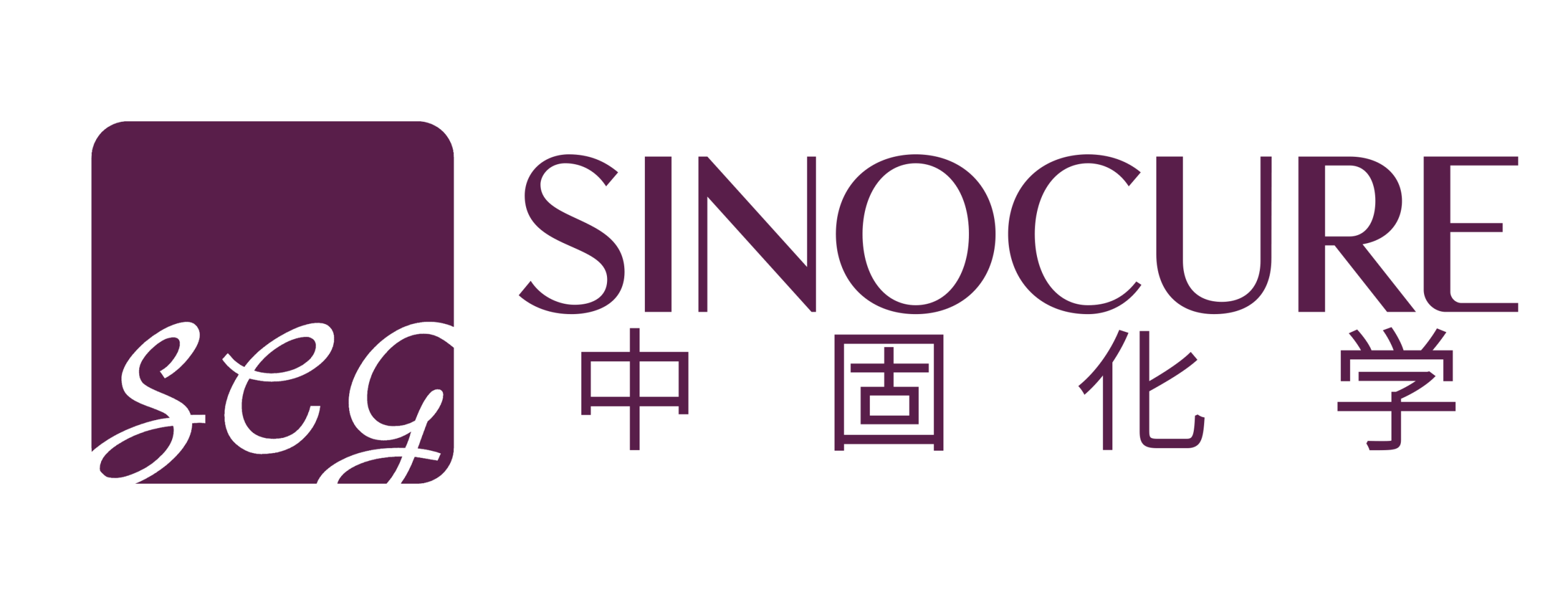Hydroxyethyl cellulose is a modified cellulose with many excellent properties. It is a water-soluble polymer made by reacting natural cellulose with ethylene oxide.
Important Properties
As a nonionic surfactant, hydroxyethyl cellulose has the following properties in addition to thickening, suspending, bonding, emulsifying, film-forming, dispersing, water retention and providing protection.
1. HEC can be soluble in hot or cold water, high temperature or boiling without precipitation, so that it has a wide range of solubility and viscosity characteristics, that is, non-thermal gel;.
2. itself non-ionic can coexist with a wide range of other water-soluble polymers, surfactants, salts, is containing a high concentration of electrolyte solution of an excellent colloidal thickener;.
3. Water retention capacity is twice as high as methyl cellulose, with better flow regulation.
4. the product viscosity stability, mold and mildew resistant.
5. Longer opening time, the coating has a better open-can effect.
6. construction has better leveling performance, lower splash, high shear leads to good covering power.
Application
1. for water emulsion coatings.
HEC as a protective colloid, can be used in vinyl acetate emulsion polymerization, to improve the stability of the polymerization system in a wide range of PH values. In the manufacture of finished products using pigments, fillers and other additives to uniformly disperse, stabilize and provide thickening effect. It can also be used as a dispersant for suspension polymers such as styrene, acrylate and acrylic. Used in emulsion paint can significantly improve the thickening and leveling performance.
2. Oil drilling.
HEC is used as a thickener in various muds required for drilling, well setting, cementing and fracturing operations, so that the mud obtains good fluidity and stability. It improves the mud carrying capacity in drilling and prevents a large amount of water from entering the oil reservoir from the mud, which stabilizes the productivity of the oil reservoir.
3. For building construction and building materials.
Due to its strong water retention capacity, HEC is an effective thickener and binder for cement paste and mortar. Mixing it into mortar can improve fluidity and construction performance, and prolong the water evaporation time, improve the initial strength of concrete and avoid cracks. It can be used in whitewash plaster, bonding plaster, plaster putty to significantly improve its water retention and bonding strength.
4. Used in toothpaste.
HEC can protect the stability of toothpaste paste due to strong salt resistance and acid resistance. In addition, because of the water retention, emulsification ability so that the toothpaste is not easy to dry.
5. Used in water-based ink: HEC can make the ink dry quickly.
HEC can make the ink dry fast and impermeable.
In addition, HEC is also widely used in textile printing and dyeing, papermaking, military industry, daily-use chemicals, medicine and so on.
Safety information on hydroxyethyl cellulose:
Hydroxyethyl cellulose is a relatively safe chemical and generally does not cause significant damage to human health.
During use, contact with skin and eyes should be avoided, and in case of inadvertent contact, it should be immediately flushed with plenty of water.
Dust from hydroxyethyl cellulose may cause respiratory irritation, appropriate protective measures should be taken, such as wearing a mask and gloves.
Solution and preparation method.
1. Add the specified amount of clean water to the container;.
2. add hydroxyethyl cellulose under low-speed stirring, stirring until all materials are completely wet;.
3. then add other components of the formula and stir well.
4. Surface treatment of HEC can be dispersed in water for about 30min to form viscosity, or add alkali or ammonia to adjust to PH8-10 to form viscosity after the material is completely wetted.
Packing
Plastic-coated high-pressure polypropylene woven bag, lined with PVC film inner bag sealed bag, net weight 25.0kg per bag, pay attention to moisture.
